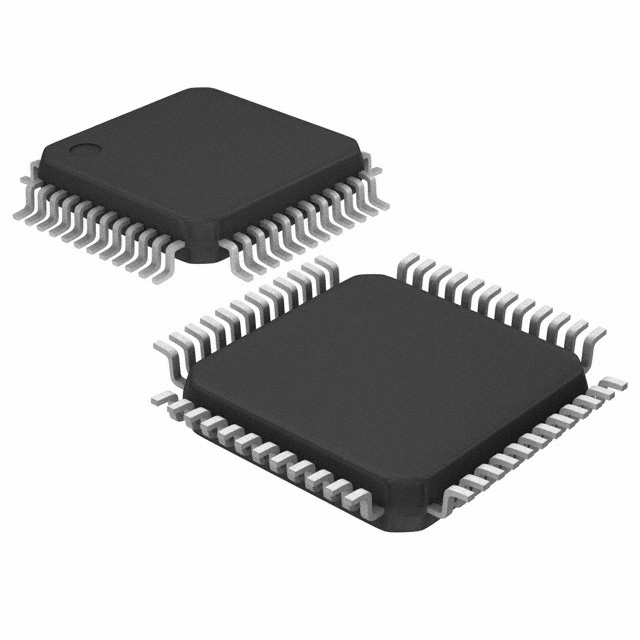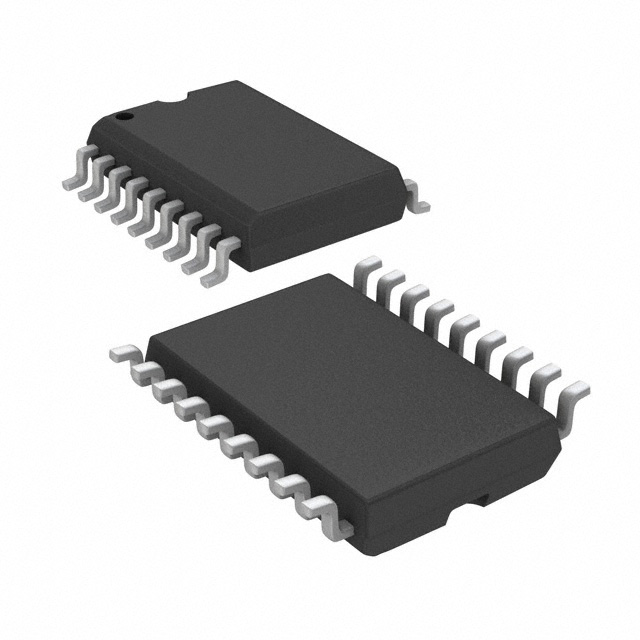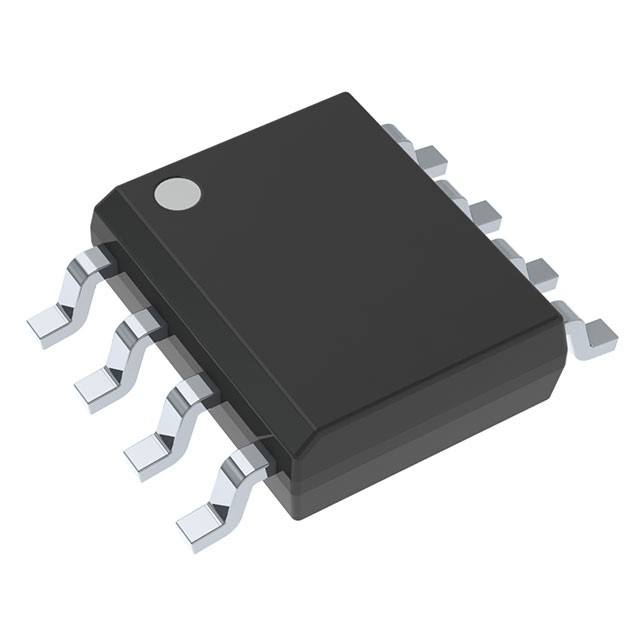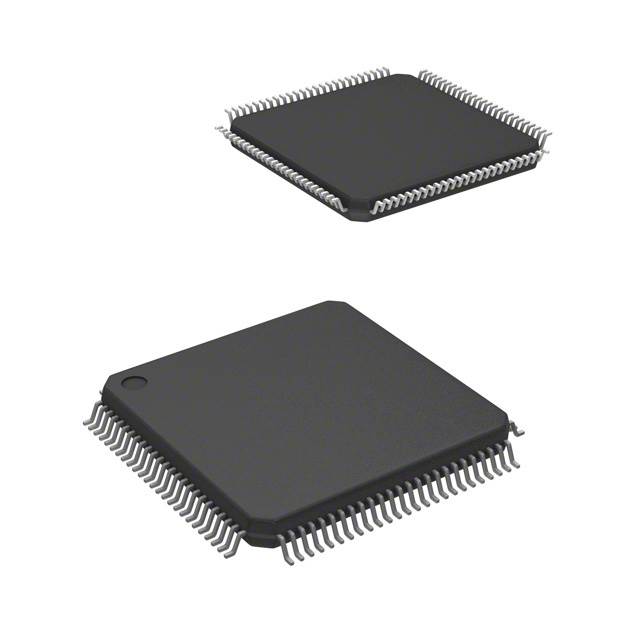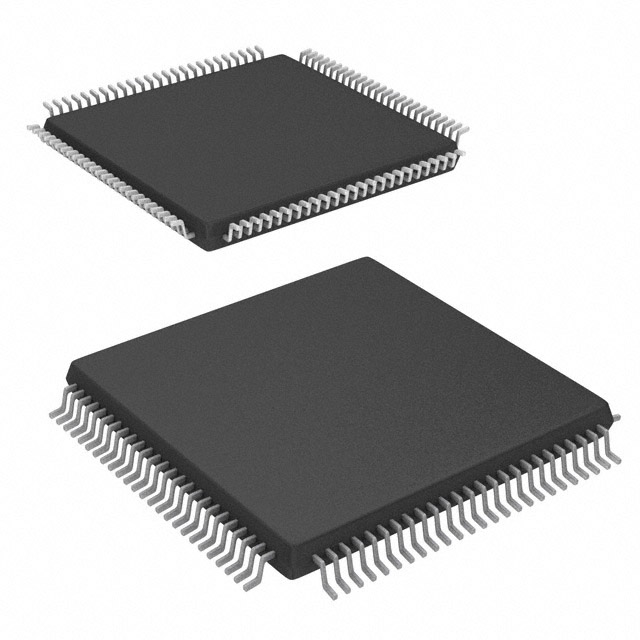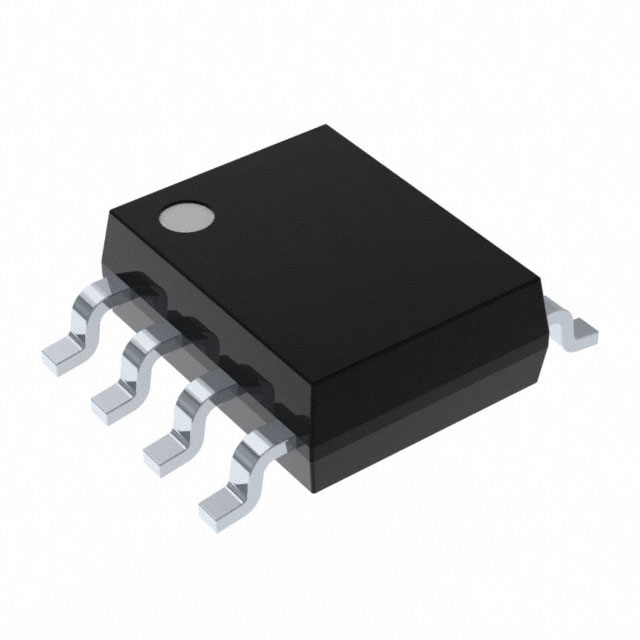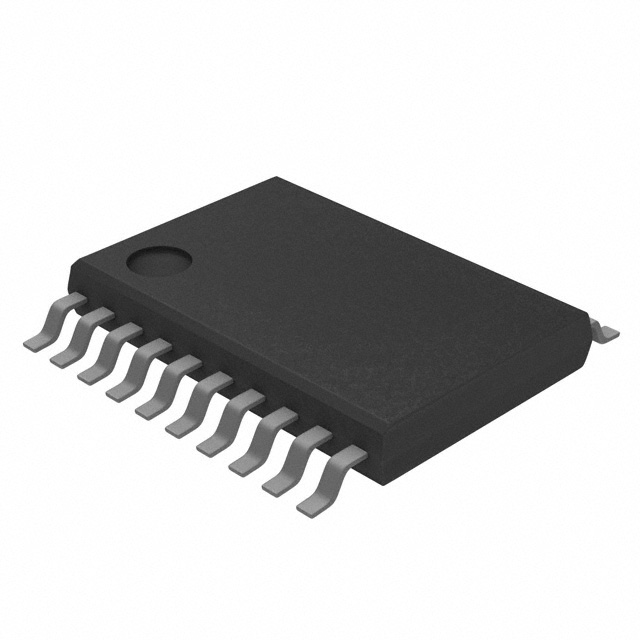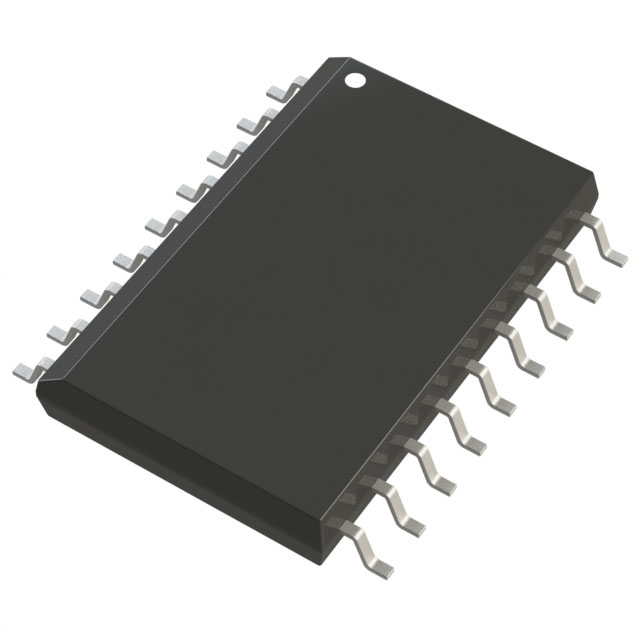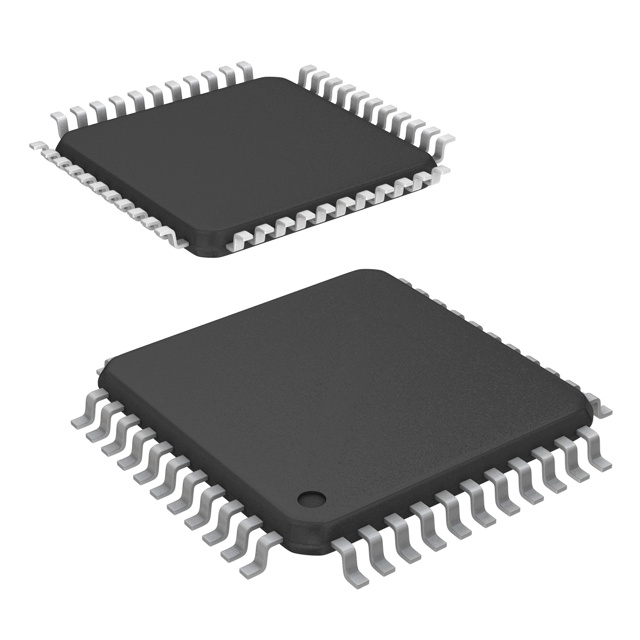

What is a Spectrometer?
Catalog
Introduction to SpectrometersMain PrinciplesLife ApplicationsIntroduction to Commonly Used SpectrometersRelated ComponentsFrequently Asked QuestionsIntroduction to Spectrometers
A spectrometer is an advanced optical device designed to decompose complex light into its constituent spectral components using a prism or diffraction grating, and then to document these components. The core components of a spectrometer include a system for collimating light, a system for dispersing the light, and an objective system for spectrographic analysis, often likened to a telescope. This instrument enables the measurement of light emanating from an object's surface. By capturing and analyzing light data through the spectrometer, either manually or with the aid of computer-automated numerical displays and analyses, one can ascertain the elemental composition of a substance. As a fundamental tool in the observation, analysis, and processing of the structure and composition of materials based on optical principles, the spectrometer boasts several advantages, such as high analytical accuracy, broad measurement capabilities, rapid analysis times, and the requirement of only minimal sample quantities.
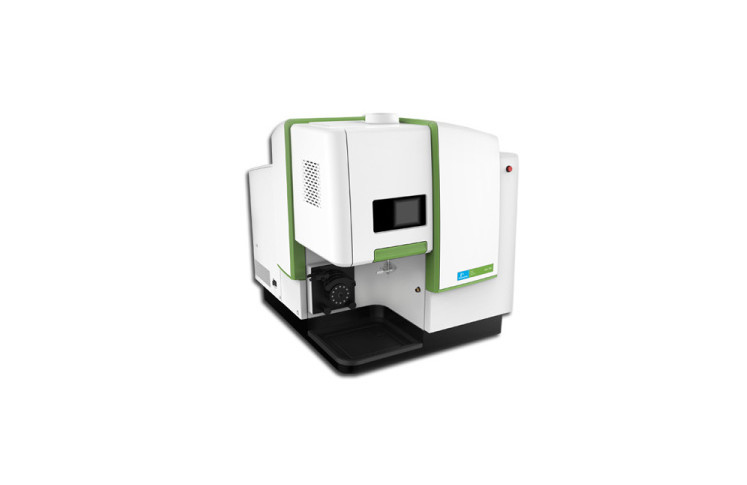
A spectrometer
Main Principles
Spectrometers operate on distinct principles that differentiate modern from classical devices. Modern spectroscopic instruments are divided into two primary groups: classical and modern. Classical spectroscopes operate on the principle of spatial dispersion, where light is spread out in space, while modern instruments rely on the principle of modulation, which involves varying the intensity or phase of light to separate its components. Classical spectroscopes utilize slits to analyze light, whereas modern spectroscopes forgo spatial dispersion and employ circular apertures for light entry.
Further categorization of spectroscopic instruments can be done based on the dispersion mechanism of their dispersive elements. These include prism spectroscopes, which use the refraction of light through a prism to separate wavelengths; diffraction grating spectroscopes, which use a grating to diffract light into its spectral components; and interferometric spectroscopes, which use interference patterns to analyze light.
The Optical Multi-channel Analyzer (OMA) represents a novel class of spectroscopic instruments that has emerged over the past decade. The OMA leverages photon detectors such as CCDs and computer control to combine the functions of data acquisition, processing, and storage. By eschewing the use of photographic emulsion, the OMA eliminates the need for darkroom development and other complex procedures, revolutionizing traditional spectroscopic methods and enhancing work conditions and efficiency.
The OMA offers several advantages for spectral analysis, including precision, speed, and ease of use. It boasts high sensitivity, quick response times, superior spectral resolution, and the capability to display results immediately on a screen or output them through a printer or plotter. Its widespread application spans nearly all areas of spectral measurement, analysis, and research, making it particularly adept at detecting faint and fleeting signals.
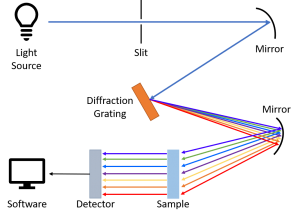
Main Principles
Life Applications
Spectrometers are indeed versatile tools that play a crucial role in many industries and scientific fields. Here's a brief overview of how they are applied in the areas you've mentioned:
1. Agriculture: Spectrometers can analyze the reflectance of light from crops to determine their nutrient content and health. They can also be used to assess soil composition to optimize fertilization and irrigation.
2. Astronomy: By studying the light from stars and other celestial bodies, astronomers can determine their temperature, density, and chemical composition, which helps in understanding their evolution and the universe's structure.
3. Automotive: In the automotive industry, spectrometry is used to test emissions for compliance with environmental standards and to analyze materials for quality control and research into new materials.
4. Biology: Spectrometers are used to study the structure and function of biomolecules like proteins and DNA, as well as to analyze cellular processes and metabolic activities.
5. Chemistry: They are essential for identifying and quantifying elements and compounds in chemical reactions, which is vital for research, development, and quality control in chemical manufacturing.
6. Coating: Spectrometers can measure the thickness and uniformity of coatings, ensuring that they meet the required specifications for performance and durability.
7. Colorimetry: Used to ensure color consistency across different products, spectrometry helps in the production of paints, plastics, textiles, and other color-dependent materials.
8. Environmental Monitoring: Spectrometers detect pollutants in air and water, helping to monitor and enforce environmental regulations and to study the impact of human activities on the environment.
9. Thin Film Industry: They are used to measure the thickness and composition of thin films used in various applications, such as semiconductors, solar cells, and optical coatings.
10. Food: Spectrometers can detect adulterants, contaminants, and analyze the nutritional content of food products, ensuring safety and quality.
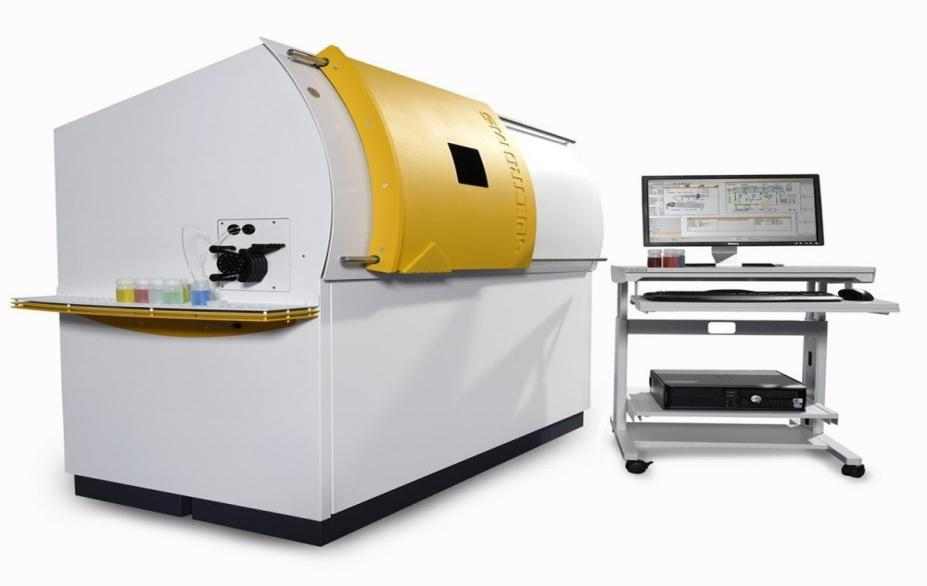
A spectrometer
Introduction to Commonly Used Spectrometers
1.Prism Spectrometer
A prism spectrometer is an instrument that utilizes the refraction of light of different wavelengths by a prism.
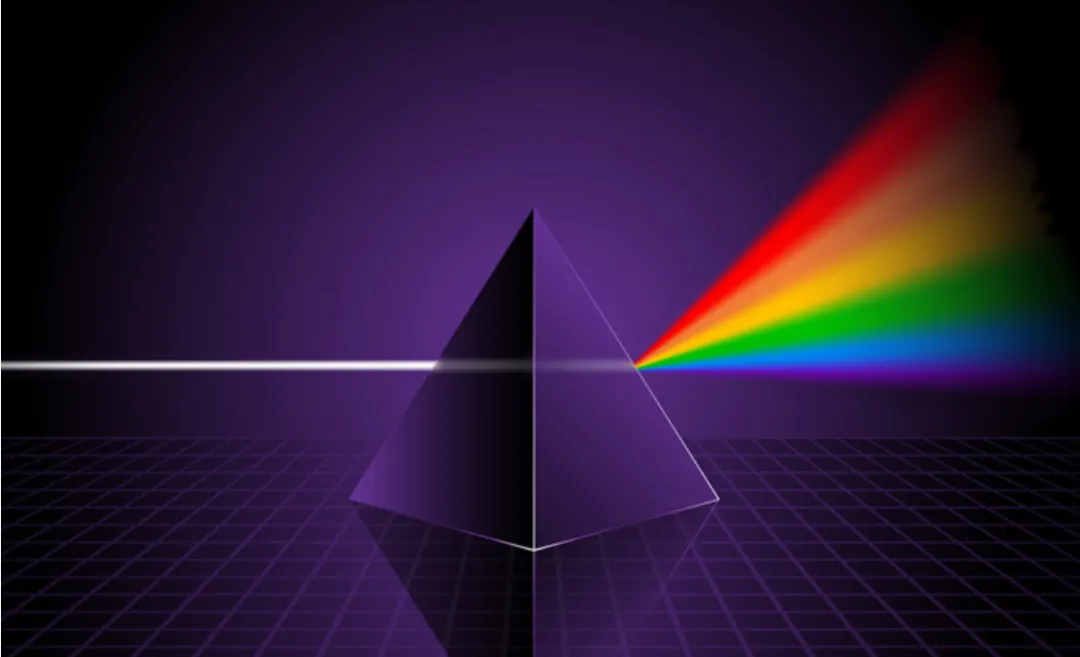
Prism Spectrometer
2.Diffraction grating spectrometer
The diffraction grating dispersion method is now the mainstream spectral dispersion technique. Depending on whether the grating is stationary or not, common spectrometers are mainly classified into fiber optic spectrometers and grating spectrometers.

Fiber optic spectrometers
The basic structure of a fiber optic spectrometer consists of a fiber optic connector, an entrance slit, a collimating mirror, a grating, a focusing optical system, and a detector. Depending on the internal optical path system, they can be divided into reflective and transmissive fiber optic spectrometers. In the reflective optical path, the commonly used optical path structures are the basic non-crossed Czerny-Turner (Czerny-Turner) optical path structure and the crossed Czerny-Turner optical path structure.
2.2Grating spectrometers
Grating spectrometers typically use gratings to decompose composite light into spectral lines of different wavelengths, and scan light of different wavelengths by rotating the grating or moving the slit.
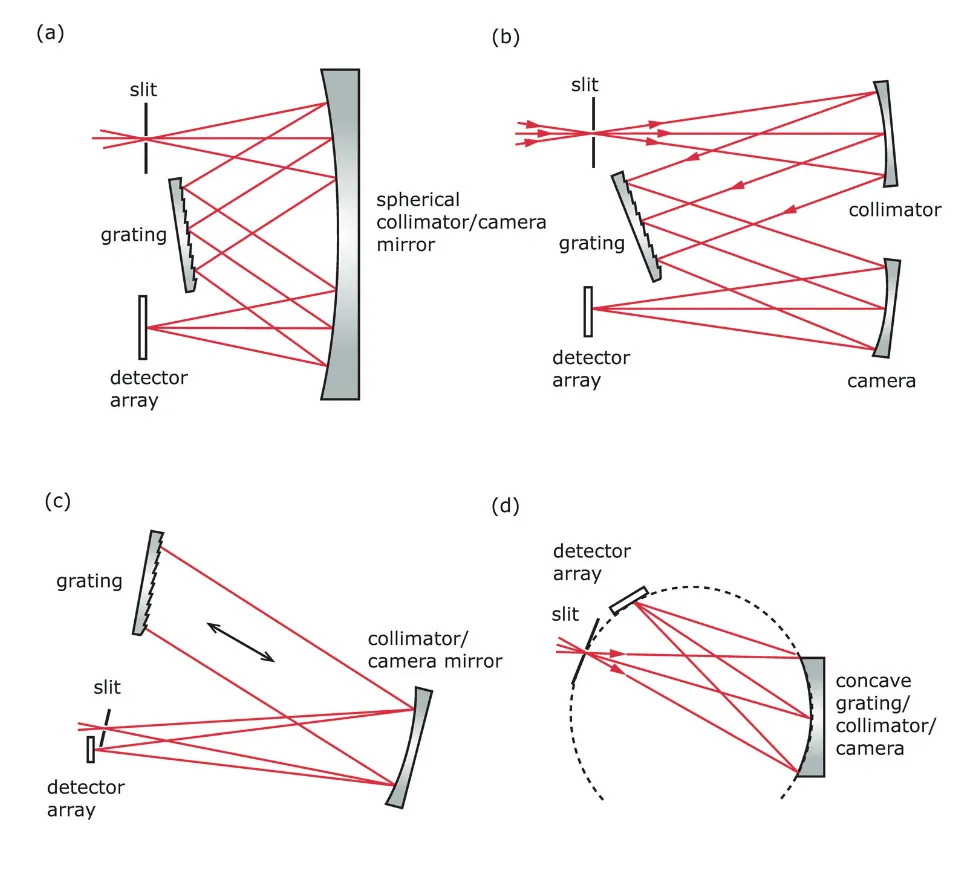
Some standard grating spectrometers
This type of spectrometer, due to its rotatable grating and the provision of multiple gratings for switching within the device, supports a multi-spectral setup, thus offering both an ultra-wide spectral range and ultra-high optical resolution. It is suitable for applications requiring high resolution and high sensitivity, and can flexibly adapt to scene testing across different wavelength ranges.
Related Components
The system includes the following main parts:
1. Entrance Slit: Under the illumination of incident light, it forms the object point of the spectrometer imaging system.
2. Collimating Element: It converts the light emitted from the slit into parallel light. This collimating element can be an independent lens, mirror, or directly integrated onto the dispersion element, such as the concave grating in a concave grating spectrometer.
3. Dispersion Element: Typically a grating is used, which disperses the light signal in space according to wavelength into multiple beams.
4. Focusing Element: It focuses the dispersed light beams, forming a series of images of the entrance slit on the focal plane, with each image point corresponding to a specific wavelength.
5. Detector Array: Placed on the focal plane, it is used to measure the light intensity of each wavelength image point. This detector array can be a CCD array or other types of photodetector arrays.
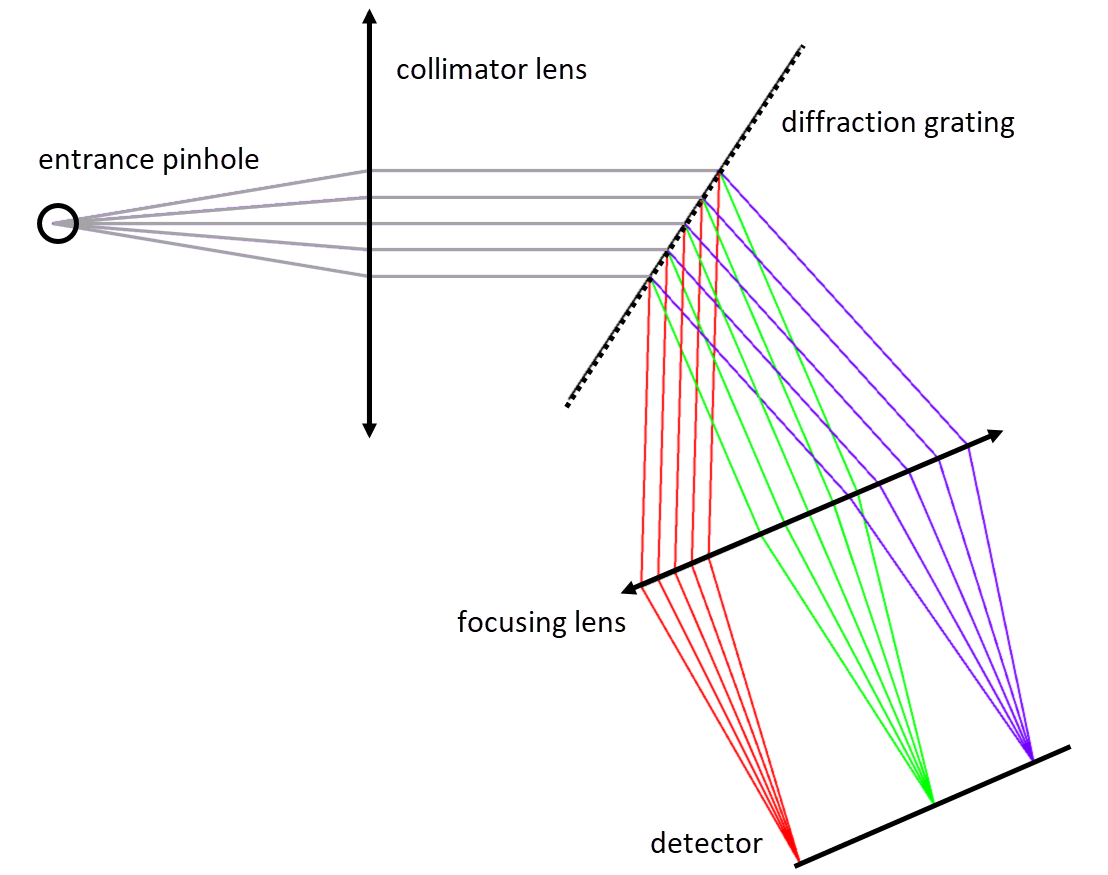
Spectrometer Design Structure
Frequently Asked Questions
1. What is a spectrometer used for?
Absolutely, your statement captures the fundamental purpose of spectrometry. Spectrometers are indeed used to analyze how light interacts with matter, and this interaction provides valuable information about the properties and composition of the matter. They measure the wavelengths of light absorbed, transmitted, or emitted by a sample, which provides information about the sample's composition and properties.
2. What is the principle of a spectrometer?
The principle of a spectrometer is based on the interaction of light with matter. Different substances absorb or emit light at specific wavelengths, creating a unique spectral "fingerprint" that can be used for identification and analysis.
3. What is a spectrometer for medical use?
In medicine, spectrometers are used for various diagnostic tests. For example, mass spectrometers can detect and quantify metabolites, enzymes, and other biomarkers, which are crucial for diagnosing metabolic disorders, genetic diseases, and for toxicology screening.
4. Why do we use a spectrophotometer?
Spectrophotometers are sophisticated instruments that play a pivotal role in various industries due to their ability to measure the intensity of light at different wavelengths.
5. How is spectrometry used in real life?
Spectrometers are used in a wide range of applications, including drug development, environmental monitoring, food safety, forensics, and archaeology. They can analyze the composition of substances, detect contaminants, and date historical artifacts.
6. What are the disadvantages of a spectrometer?
One disadvantage is the preparation time and setup required for accurate measurements. Spectrometers need to be calibrated and the environment controlled to minimize interference from external light or electronic noise.
7. What are the benefits of a spectrometer?
Spectrometers offer precise analysis of substances, which is invaluable for quality control, research, and diagnostics. They can identify unknown substances, measure concentration levels, and study light-matter interactions.
8. What is the purpose of spectrometry?
The purpose of spectrometry is to study the interaction between light and matter. It involves measuring the intensity of radiation at different wavelengths to analyze the properties of a sample. This technique is fundamental in many scientific disciplines for the identification and analysis of substances.
This article is from JMChip Electronics,which cooperates with manufacturers and offer electronic components, semiconductors, antennas, capacitors, connectors, diodes,transistors, lCs.and resistors. For more product information, please go to the website to get it.
Subscribe to JMChip Electronics !



